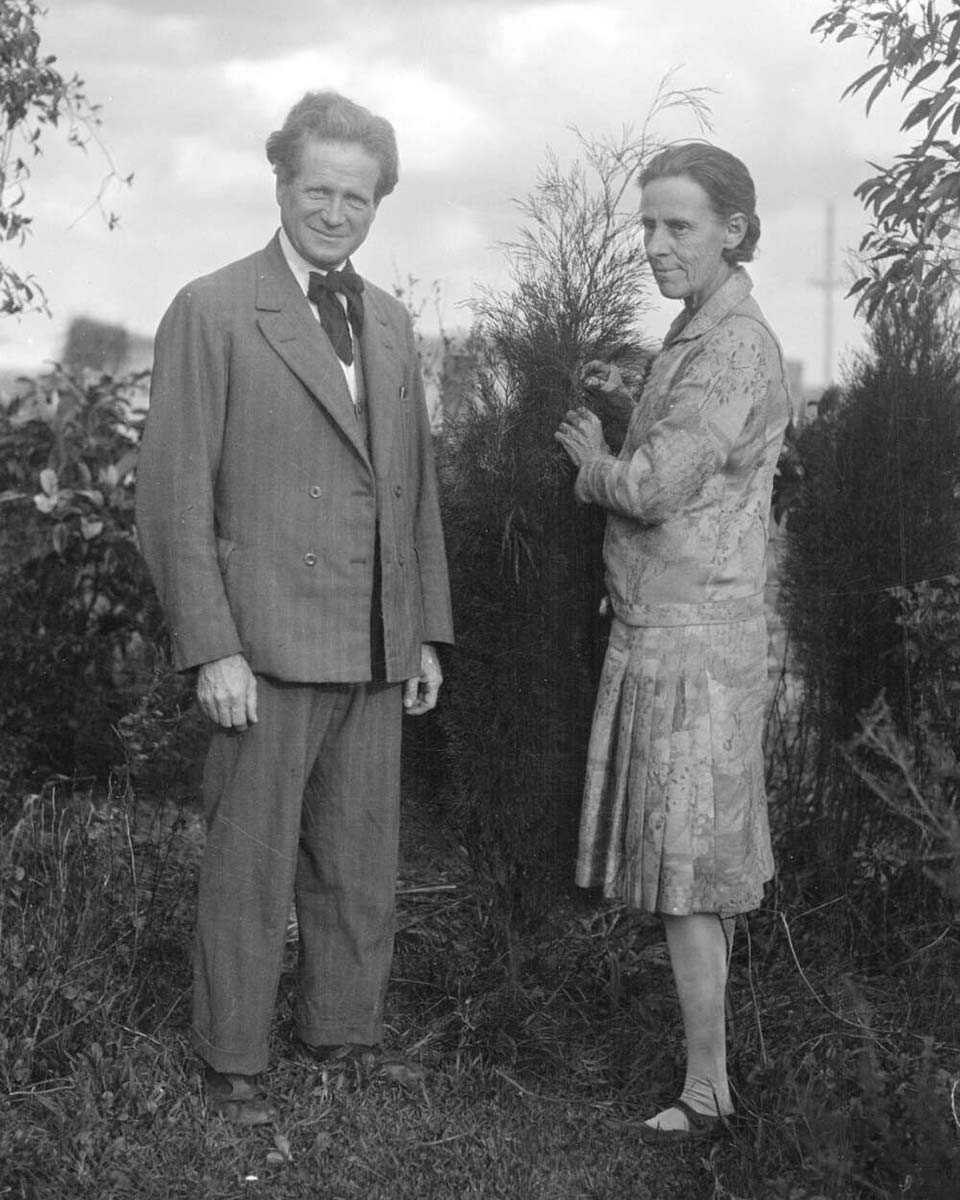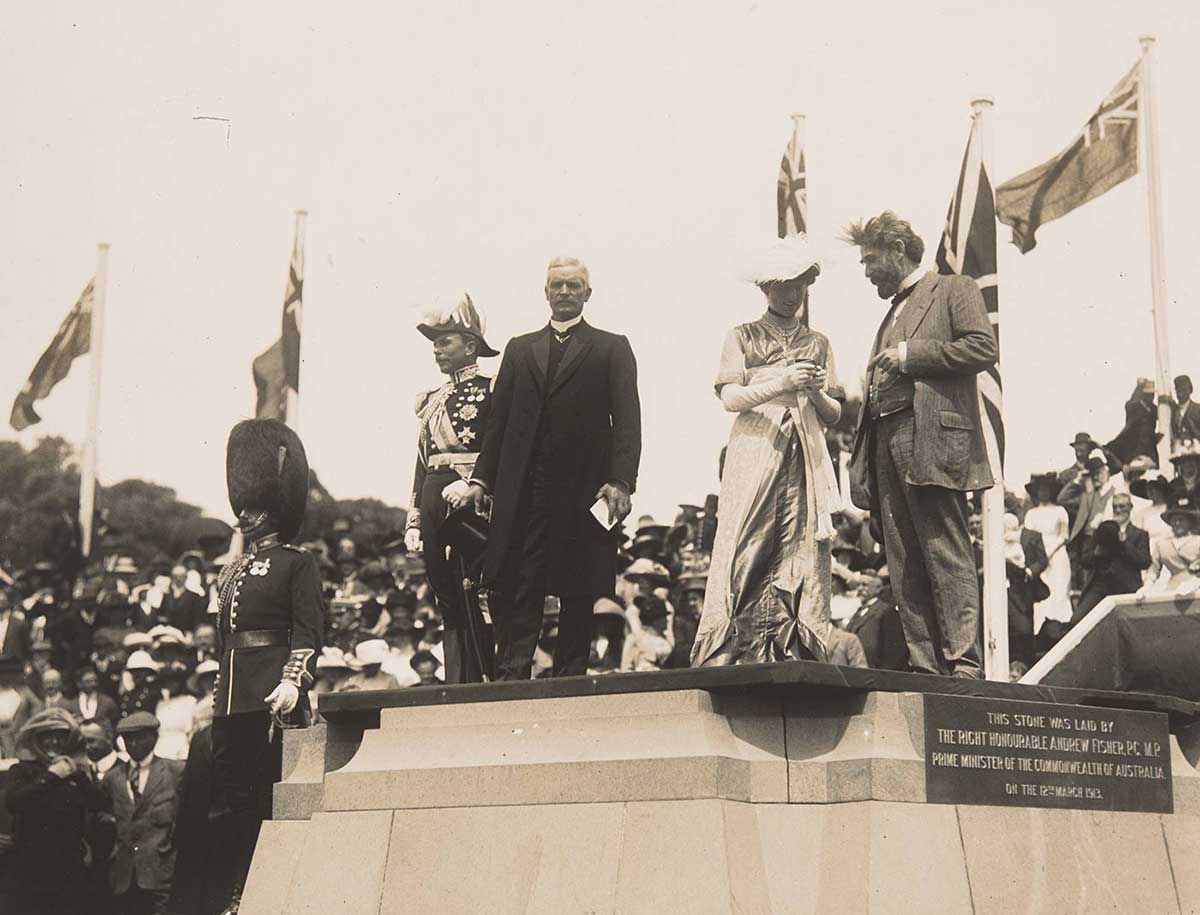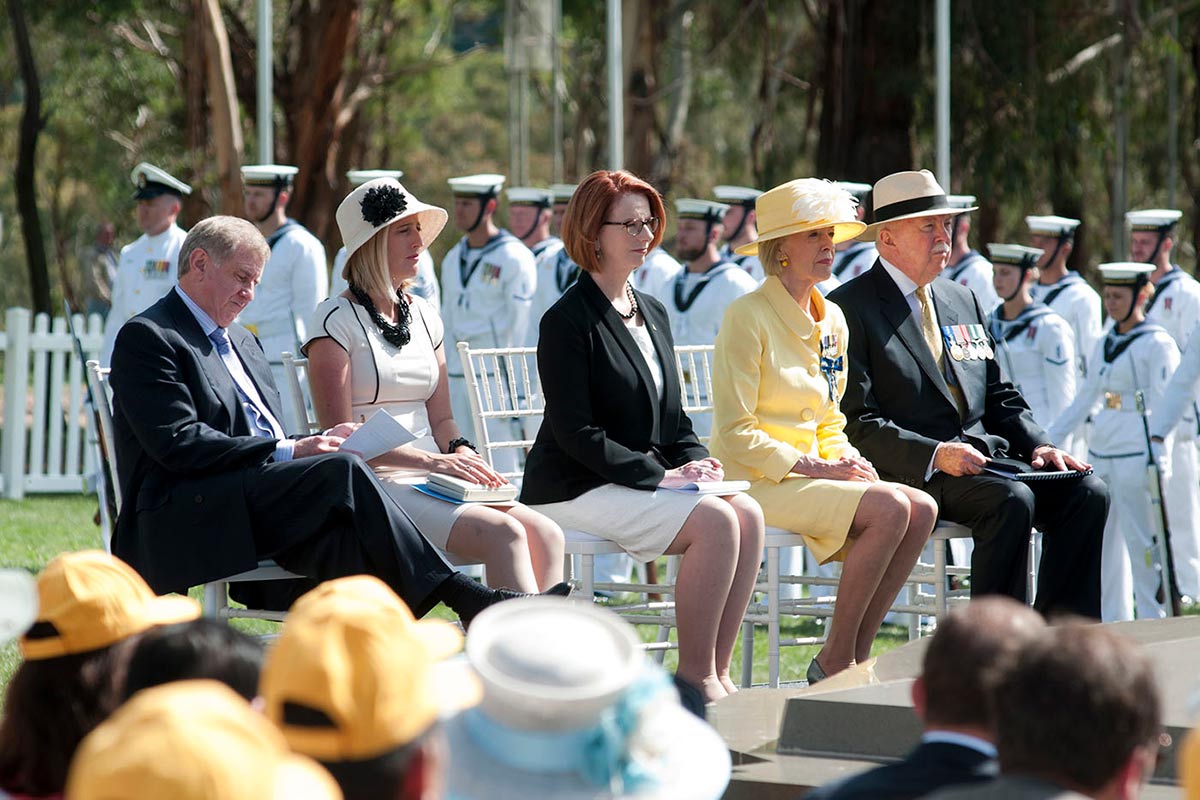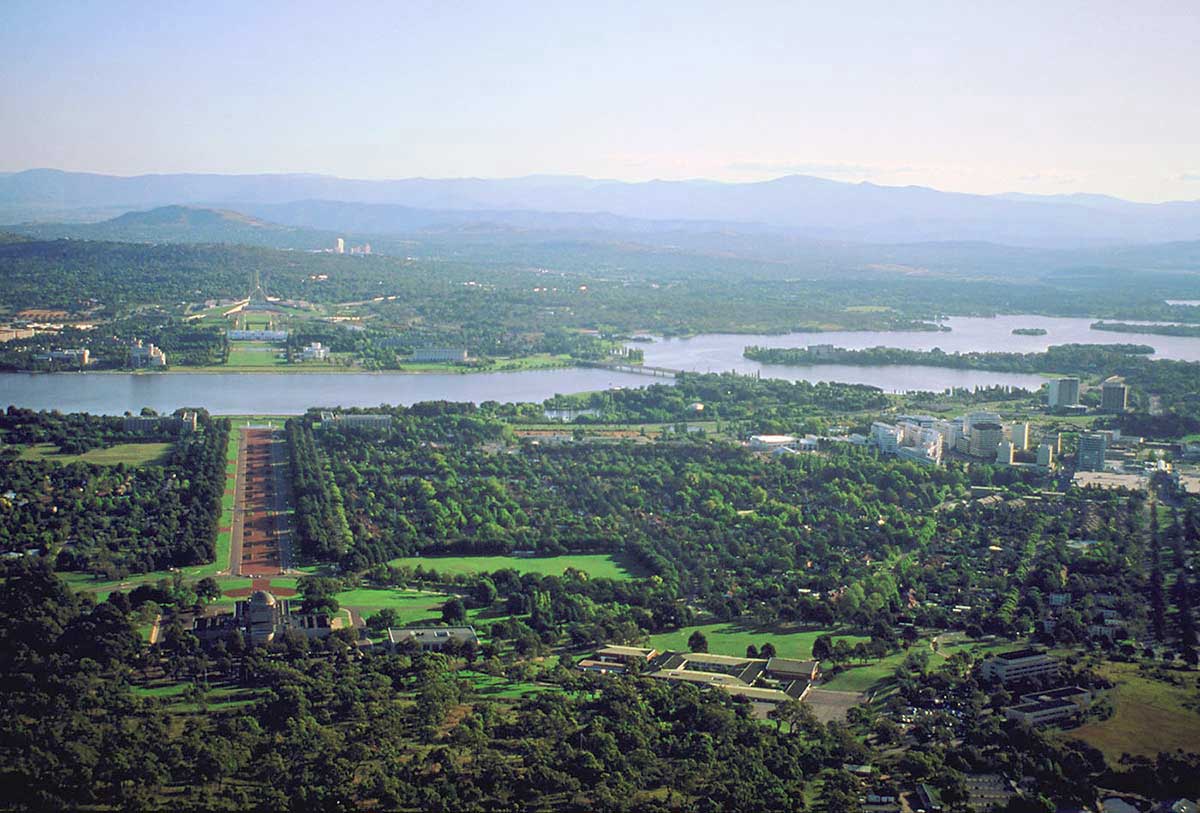On 12 March 1913 the Governor-General’s wife, Lady Denman, announced that Canberra was the name of Australia’s new national capital.
Just as construction of the city got underway, Canberra’s development was delayed by both world wars and the Great Depression.
Following the Second World War, Canberra began to grow and in 2020 was home to more than 400,000 people.
ACT Chief Minister Katy Gallagher in her Centenary address to the ACT Legislative Assembly, 2013:
Canberra is a city with two distinct lives, firstly as the purpose-built capital of a nation and the other – our home.
100 years young
Canberra, which is among the youngest capital cities in the world, celebrated its centenary in 2013. About 500 guests, 2,000 mounted troops and 3,000 observers were present in 1913 to hear Lady Denman announce the new capital’s name and to mark the commencement of work.
From a city originally planned for 25,000 people, Canberra in 2020 was home to more than 400,000 people, of whom 18 per cent speak a language other than English at home, which is roughly in line with national average.
When Canberra was named, there were more sheep than people, and the long-standing joke has been that the city’s construction ruined a good sheep paddock. Being considered worthy of bad jokes is perhaps the fate of compromise solutions. Neither Sydney nor Melbourne would agree to the other being declared the capital.
The compromise was that parliament would sit in Melbourne until a dedicated city was built, but that the site would be in New South Wales and at least 100 miles away from Sydney. Nor could it be located on the coast.
The second criterion was for defensive reasons, as warships were becoming more powerful and an increasingly militaristic ethos was permeating global affairs.
Many communities put forward a case to be selected by parliament. Some of the main contenders were Albury, Wagga Wagga, Orange, Armidale, Bombala, Tumut, and Dalgety as well as Yass-Canberra.
The first tour of senators to inspect sites took place in the blistering February of 1902. The heat did some places, like Albury, no favours in the selection process.
The prevailing wisdom of the day had it that cool, temperate climates were preferable to hot ones on the dubious basis that cool climates produced hardier races. The fight between Dalgety and Canberra revolved around how cold was too cold.
In October 1908 the House of Representatives voted for Yass-Canberra, followed by a Senate vote in November confirming the choice of Canberra by a whisker.
With the decision made, attention turned to the design of the future capital. An international design competition was launched, which attracted 137 entries from all over the world. Walter Burley Griffin and his wife Marion Mahony Griffin were the winners, although the judging process was as fraught as the selection of the site.
In the end, being built inland didn’t protect Canberra from the effects of the First World War, which broke out a year after the founding ceremony. From 1914 to 1918, virtually no work was done on the city.
Things improved in the 1920s, with the construction of the Provisional Parliament House, and other significant infrastructure like the Cotter Dam. This interlude was all too brief. The combined impact of the Great Depression and the Second World War effectively meant that Canberra didn’t start to even resemble a city until the 1950s.

The promise of the 1950s
Prime Minister Robert Menzies was an enthusiastic supporter of Canberra, and through his support and advocacy, iconic projects were started including the famous Shine Dome.
Home to the Australian Academy for the Advancement of Science, the Shine Dome is loved by many in Canberra and is affectionately known as the Martian Embassy.
Menzies was also responsible for creating Lake Burley Griffin, which was completed in 1963 and inaugurated the following year.
Most of the buildings that make up the Parliamentary Triangle are products of this postwar boom, reflecting a Modernist aesthetic in their designs. The National Library was opened in August 1968, the High Court in 1980, and the National Gallery in 1982.
In terms of urban design outside of the Parliamentary Triangle, Canberra is a sampling of successive phases of town planning theory.
The development of the Woden and Belconnen town sites were the first signs that Canberra was really going to grow into a city. Designs for Belconnen and Woden epitomised modernist principles in layout and architectural detail, and the firm arrival of the car in public space.
Gungahlin and Tuggeranong town centres from the late 1980s and early 1990s reflected the philosophy of new urbanism and its concerns about walkability, while the most recent phase of development in the Molonglo Valley reflects a deeper engagement with ideas about urban sustainability.
Modern Canberra
The city’s constellation of major cultural institutions mean that Canberrans enjoy access to an ever-changing array of exhibitions and events that are the envy of many cities of similar size. This helps to offset the somewhat negative view of the place held by many other Australians.
Few outsiders distinguish between parliament and the city that evolved because of it. Canberrans themselves found at least one hundred things to like about where they live, as evidenced by a survey carried out as part of the centenary celebrations.
Because of its role as the national capital, Canberra has also been the location of a number of nationally significant events, including the Petrov Affair, which had a major impact on the 1955 ALP split, the establishment of the Aboriginal Tent Embassy in front of Old Parliament House, the dismissal of the Whitlam government and the High Court decision in the Mabo case.
In addition to these featured moments of the Defining Moments in Australian History project, the public have nominated the swearing in of Australia’s first female Prime Minister by the first female Governor General, which took place in Government House at Yarralumla in 2010 as a defining moment in our history.
Canberra is likely to continue rousing strong feelings. It is, after all, the seat of national government. But is also a growing place, changing through generations, and it will continue to evolve and reflect both its role as the capital of Australia and a city that many people love to call home.
In our collection
References
Nicholas Brown, A History of Canberra, Cambridge University Press, Melbourne, 2014.
Ian Fraser and Peter Marsack, A Bush Capital Year: A Natural History of the Canberra Region, CSIRO Publishing, Collingwood, Victoria, 2011.
Glorious Days, 1913, National Museum of Australia exhibition catalogue, Canberra, 2013.
GA Mawer, Canberry Tales: An Informal History, Arcadia Press, North Melbourne, 2012.


